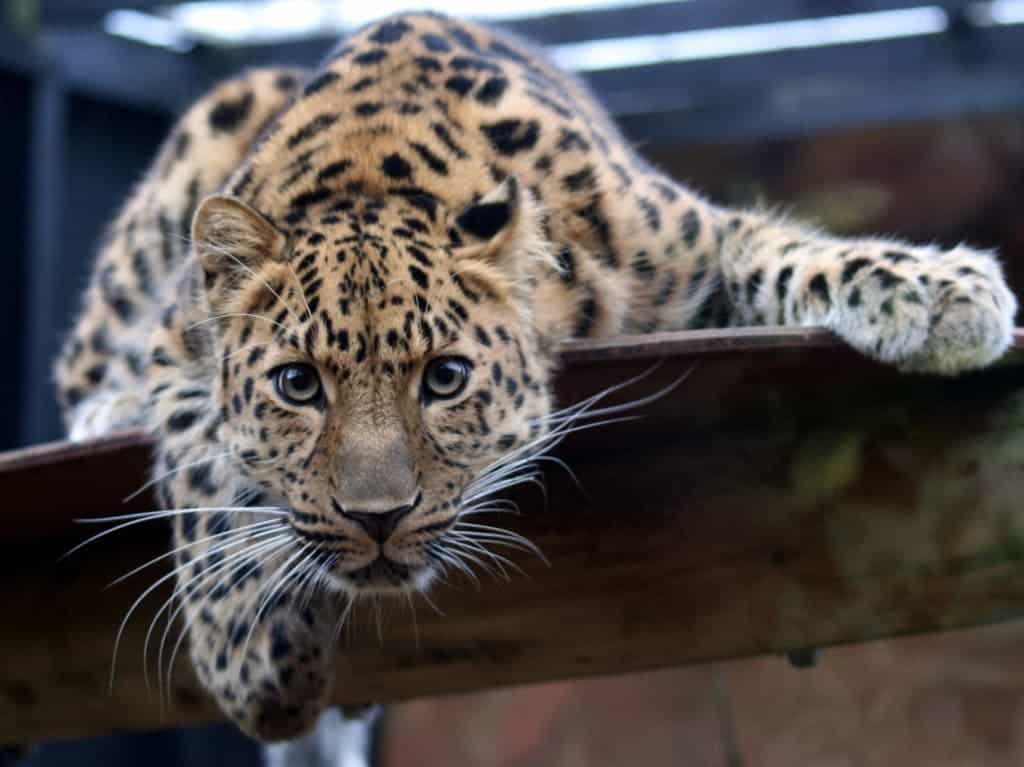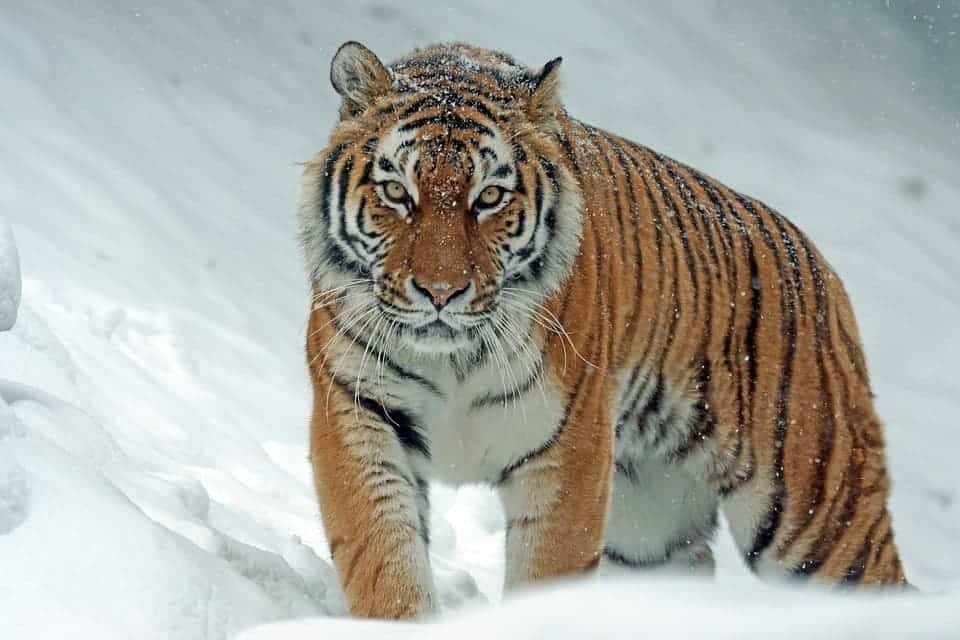In a massive win for big cats, Chinese officials have approved plans to establish a massive national park in the northeastern corner of the country. Most notably, this will be a sanctuary for two felines close to extinction: the Amur leopard and the Siberian tiger, also known as the Amur tiger.
From the brink

While the national panda park may get most headlines, the big cat park is just as important — if not more. The Siberian Tiger once ranged throughout all of Korea, north-eastern China, Russian Far East, and eastern Mongolia. In 2005, there were fewer than 400 individuals in the wild. For the Amur leopard, things are looking even worse. Data published by the World Wildlife Fund indicates that there are roughly 70 adult Amur leopards in the wild today, while other estimates report fewer than 60 individuals. In other words, both species are on the brink of extinction — and it’s pretty much our fault. Through forest degradation, poaching, and habitat destruction, we’ve cut down big cat numbers year after year, especially in China. This is why the park could make such a big difference.

The 5,600 square mile park will span across the snowy hinterlands between Jilin and Heilongjiang provinces, where the struggling two species range. The area will be 60% larger than Yellowstone, and will reportedly be a completely safe haven for all species within. Perhaps just as important as the park itself, Chinese authorities hope to change people’s attitudes towards these animals.
A National Park Identity
In China, many animal body parts (especially tiger body parts) are considered to have healing properties, which is one of the main reasons why poaching is so prevalent. Instead, China wants to cultivate a culture of respect towards the animals, giving people a natural area to visit, be proud of, and protect. Take the US for example — the national parks are one of the country’s greatest treasures, highly cherished by people. No matter their political or social views, the vast majority of Americans will agree that national parks are to be cherished and protected — who would even consider killing endangered species in such a park? It’s that kind of respect that will hopefully be harbored in China.
According to Huff Post, China already has thousands of nature reserves covering more than 500,000 square miles, but the system has lacked regulatory cohesion and suffered from inefficiency and mismanagement. They lack a coherent management, and they lack an identity. When Americans think of a national park, an abstract but coherent form takes shape. It’s hard to believe that the same happens for Chinese.

Save the cats
But it’s not all good news for the cats. While it’s a much-needed step, the park does little to ensure the survival of the two species — and for locals, respect for big felines is hard to cultivate. A number of settlements, like Hunchun city in Jilin province, are located within the animals’ range. Hunchun has a population of over 200,000 and functions as an important corridor linking cat habitats in Russia and China, Mongabay reported last year. Inhabitants have often expressed concerns that the cats were getting a little too close for comfort, even seeing a tiger venture into the city. After all, it’s hard to cherish a magnificent species when you’re afraid you’ll be killed by it. A spokesperson for Jilin’s Forestry Department said last year that there are plans to “relocate some existing communities [and] factories from inside the national park area, so as to avoid conflicts between wildlife and human activities.” It remains to be seen how local communities will react to this.
It also has to be said that local communities greatly depend on natural resources to survive — up to the point where they are abusing said resources. Logging (both legal and illegal) and poaching are running rampant through the area, and it remains to be seen how authorities can transform 30,000 loggers, hunters and poachers in the region into park rangers and conservation workers.
But for the Amur tiger and Amur leopard, this is a glimmer of hope. China was one of the main drivers that sent them so close to extinction, so it’s there that change must come from. Otherwise, the next generations will only know these big cats from pictures and zoos.


